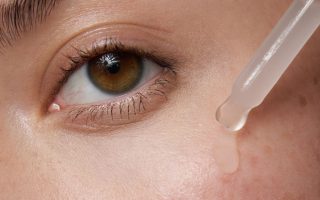It depends on the type of scars. However, the non-ablative fractional laser is the one that allows treating all types, whether protruding or depressed, extensive or not, in a comfortable, safe, and effective way. It is a treatment with an optimal risk/benefit ratio, and with very high rates of effectiveness and patient satisfaction. In addition, the cost/benefit ratio is more favorable than in other therapies.
Is non-ablative fractional laser effective for acne scars?
Currently, it is the treatment with the best risk/benefit ratio, above ablative lasers and deep peels. The reduction of the irregularity of the skin can reach up to 75%.
What type of acne scars does the non-ablative fractional laser improve?
It is effective in all, hypertrophic, keloid, and atrophic, although it is in the latter where it is most useful.
Is it a very aggressive treatment that interrupts the normal rhythm of life?
No. It is not necessary to take sick leave, treat wounds, or require taking tablets to prevent bacterial infection. This system causes a transient redness that lasts for hours.
Does the treatment require admission to the hospital, having to stay at home, or undergoing general anesthesia?
No. It is an outpatient treatment, lasting a few minutes, and not very painful. In addition, it is possible to use an anesthetic cream applied before the session for greater comfort whenever necessary.
Is non-ablative fractional laser treatment of acne scars very expensive?
Currently, it is the treatment with the best cost/benefit ratio, since it is effective, comfortable, and does not cost more than other treatments.
How are the sessions? How often is it done? How many are needed?
They are ambulatory. The refrigerated head of the laser is applied to the areas to be treated and pressed on them. They are not painful, and if it causes any discomfort it is possible to use an anesthetic cream beforehand. The sessions last a few minutes, depending on the extent of the scars, and are separated by 4-6 weeks. The number of sessions is variable according to the depth and extension, and between 4 and 10 are usually needed.
What does the skin look like after a non-ablative fractional laser session?
It usually only causes transient redness lasting for hours. Very occasionally it can cause slight edema (swelling) that lasts a few hours. The treatment does not oblige you to take sick leave nor does it entail a significant aesthetic alteration.
What care should I have after a non-ablative fractional laser session?
You should only apply sunscreen. Since it does not cause scabs or wounds, it is not necessary to take or apply antibiotics or re-epithelializing creams.

